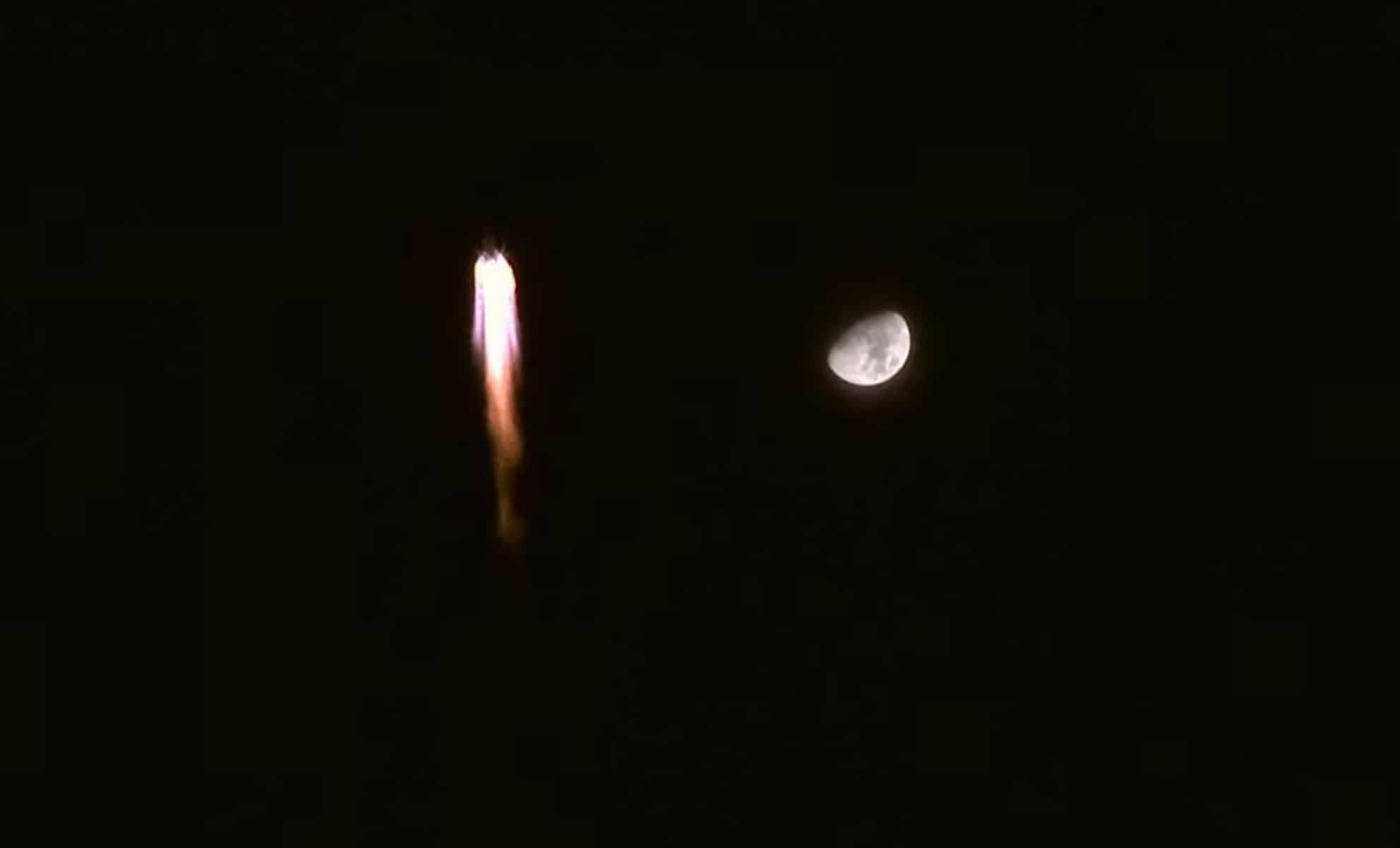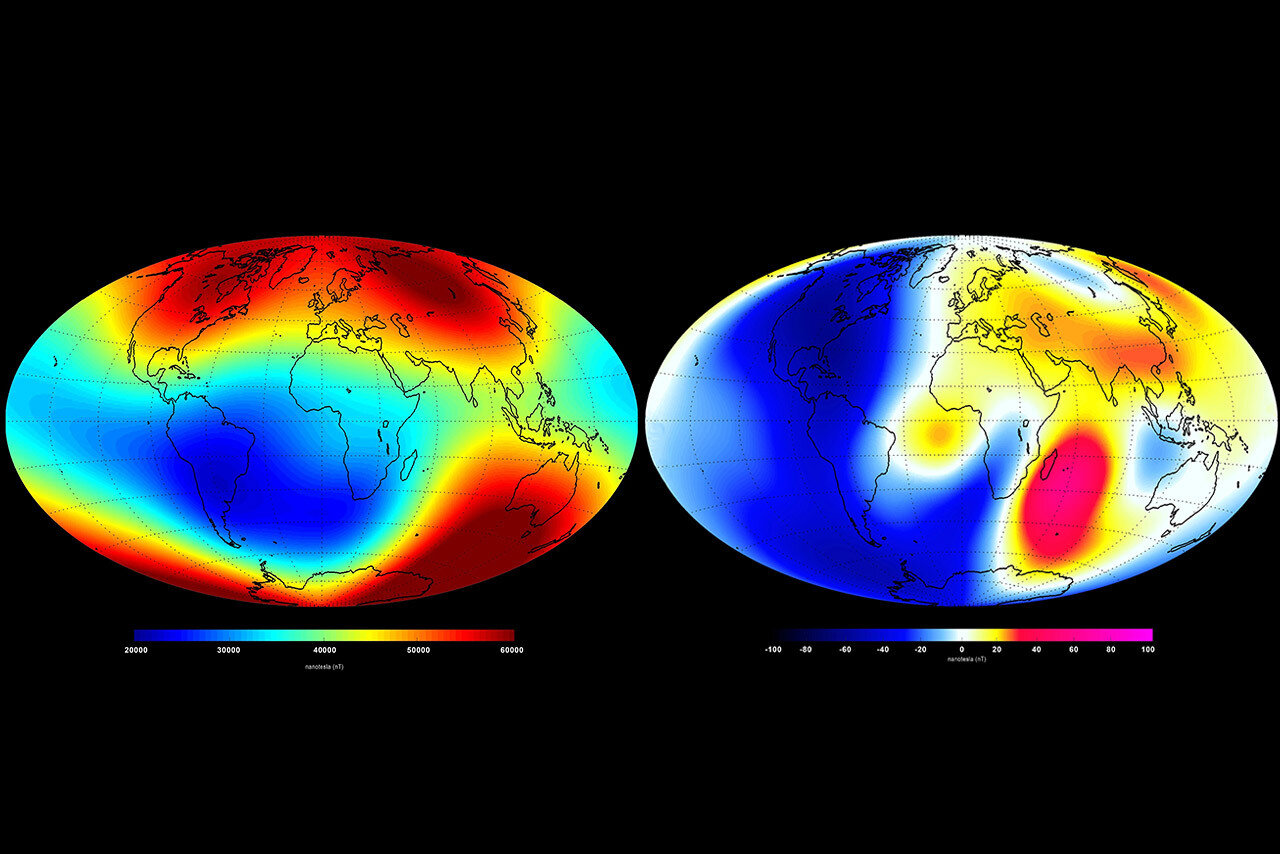A Chinese space plane launched a mysterious orbital object
A Chinese space plane recently launched an unknown object into orbit. This mission, which began on December 14, 2023, attracted significant international attention due to the classified nature of the spacecraft and the ambiguity surrounding its objectives and the characteristics of the released object.
Mission details and international observation
The Chinese spacecraft, which launched aboard a Long March 2F rocket, initially entered an orbit with a perigee of 333 km, an apogee of 348 km and an inclination of 50 degrees. During its mission, the spacecraft performed a series of maneuvers and eventually raised its orbit to a higher altitude of approximately 602 to 609 kilometers.
The unknown object was launched on May 24, 2024, and was first spotted by Jonathan McDowell of the Harvard-Smithsonian Center for Astrophysics, a noted tracker of space activity. The event was later confirmed by the US Space Force Space Domain Awareness Teams, who cataloged the object as 59884 (international designation 2023-195G).
A new object (59884/2023-195G) was cataloged associated with the Chinese CSSHQ spacecraft in an orbit measuring 602 x 608 km x 50.0 degrees. It appears to have been ejected around 1900 UTC 24 May.
— Jonathan McDowell (@planet4589) May 26, 2024
Speculation and mystery
Chinese authorities maintained strict secrecy regarding the spacecraft’s mission and purpose. Official statements were minimal, with the only public acknowledgment being a brief launch report stating that the spacecraft was intended for reusable technology verification and space science experiments.
This limited access has led to various speculations about the true objectives of the mission. Analysts, including McDowell, have suggested that the loose object could be a deployment subsatellite or a piece of hardware ejected before the spacecraft returned to Earth. Another possibility is that the object could be used for proximity and interception maneuvers, a capability that was demonstrated during a previous spacecraft mission.
Comparison with X-37B
The Chinese space plane is often compared to the US Air Force’s X-37B, an autonomous reusable space plane that has been in service since 2010. The two probes share similar features and functions, suggesting that the Chinese space plane could be an attempt to develop comparable capabilities.
The Long March 2F rocket, which has a payload of just over eight metric tons to low-Earth orbit, supports this notion, as do images of the cargo hold debris from the spacecraft’s second launch. These images, posted on the social networking site Sina Weibo, provide clues about the dimensions and shape of the spacecraft.
Previous missions and technological advances
China’s spacecraft has now completed three missions. The first mission launched in 2020 lasted two days. The second mission, which took place in 2022, lasted 276 days. Both of these missions involved launching objects into orbit, much like the current mission.
The third mission, which launched in December 2023, saw the spacecraft in orbit for 164 days from launch. This mission involved a series of orbital maneuvers to change its altitude and trajectory, demonstrating the spacecraft’s advanced capabilities.
Strategic and technological implications of China’s space plane
The development and deployment of China’s space plane represents a significant advance in the country’s space capabilities. Reusable spacecraft offer the potential for reduced costs and increased mission frequency, making space more affordable and sustainable.
The ability to release and recapture objects in orbit also opens up new opportunities for satellite servicing, in-orbit repairs and debris removal, which are critical to maintaining the long-term sustainability of space activities.
However, the secrecy surrounding the space plane’s missions raises questions about the dual nature of the technology. While official statements emphasize peaceful scientific and technological goals, potential military applications cannot be overlooked. The ability to maneuver in orbit and deploy and retrieve objects could be used for intelligence gathering, surveillance and even offensive operations in space.
Global response and future developments
The international community, especially the space countries, is closely monitoring the activities of China’s space planes. The comparison with the US X-37B highlights the strategic importance of such technology in the context of global space competition. As China continues to develop and refine its reusable spacecraft, it is likely to play an increasingly significant role in shaping the future of space exploration and exploitation.
Going forward, key questions revolve around how China will use its space plane technology and how other nations will respond. Increased transparency and international cooperation could help alleviate concerns and promote the peaceful use of outer space. However, the current trajectory suggests that space is becoming an arena for strategic competition, with advanced technologies such as reusable space planes at the fore.
The launch of a mysterious object by a Chinese space plane underscores the rapid progress and complex dynamics of modern space activities. As the mission progresses and more information becomes available, the world will be watching closely to understand the implications for the future of space exploration and security.















Post Comment